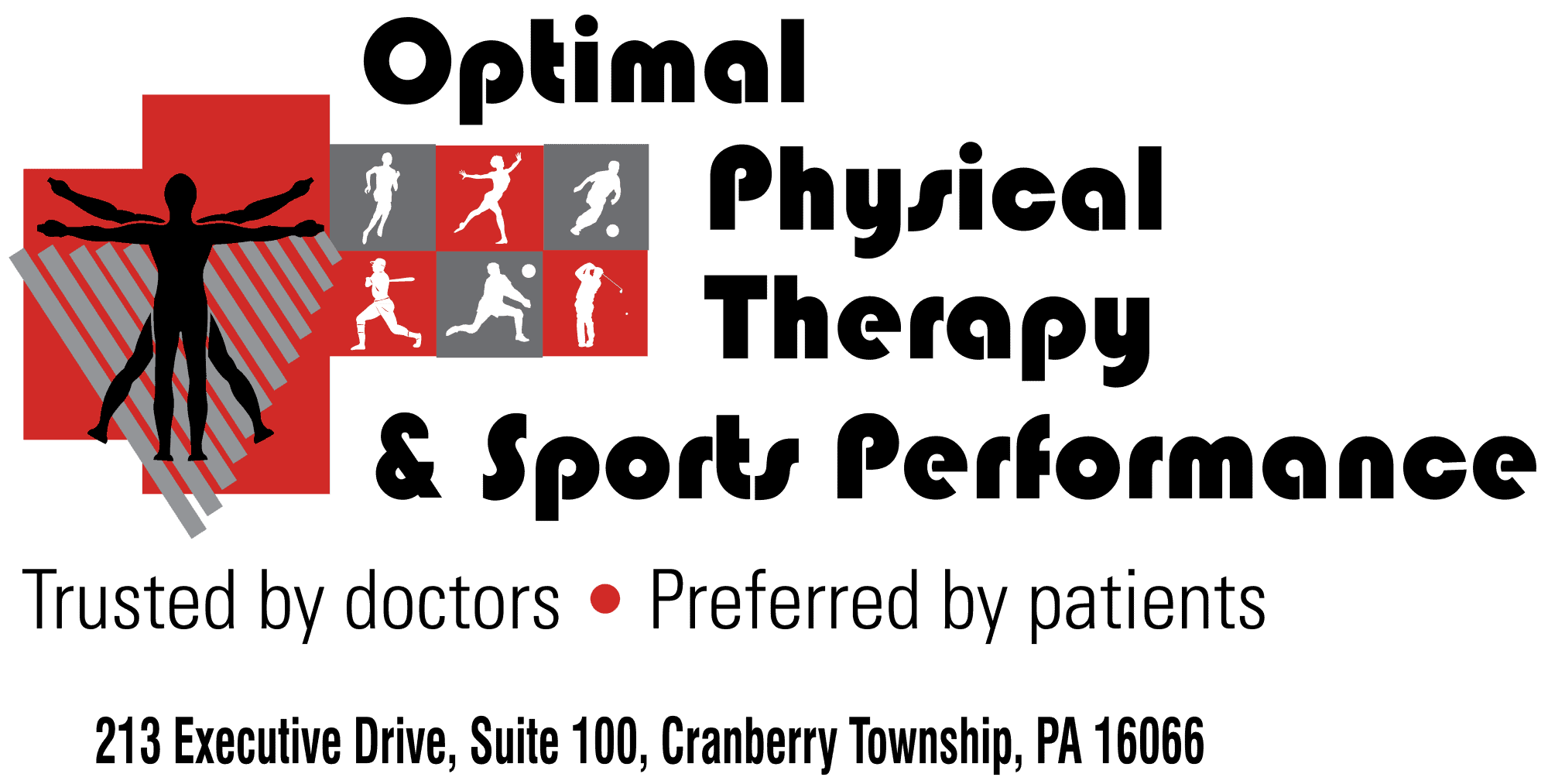Help, I am in pain and do not know why
Are you frustrated going to different specialists to try to determine where your pain originates? These days in healthcare, sometimes patients get referred from one doctor to another where each one just focuses on their specialty area but you are frustrated getting to the true cause of your symptoms? Patients with buttock, hip, groin and thigh pain often look on the internet and read all the different areas of the body from which their pain can originate.
A visit to your primary care physician often results in low back and/or hip X-rays especially if the symptoms have been present for months. It is not uncommon after age 40 that X-rays will show some level of osteoarthritis but is this the source of your pain? We will try to help steer you in the right direction of the possible causes for different symptoms.
Sources of Buttock or Hip Pain
Buttock pain can originate in the low back on the painful side, piriformis muscle ( a deep lying buttock muscle) or sacroiliac joint (the joint where the sacrum/tailbone meets with the pelvis). Pain on the outside of the hip typically comes either from the low back, outside hip muscles or bursitis on the outer portion of the hip bone (greater trochanteric bursitis).
Pain radiating to the outside of the hip which starts from the low back is typically not tender to touch whereas hip bursitis is tender to touch and limits your ability to be pain free side lying on that hip. Groin pain can be caused either by hip joint problems, muscles referred to as the hip flexors (front of thigh), or adductors (inner thigh), low back or sacroiliac joint issues.
The Sacral Iliac Complex
The sacroiliac complex has been mentioned a couple times above as a possible source of pain and dysfunction. It is comprised of the ilium or winged pelvis bones on each side a triangular-shaped sacrum which is below the lumbar spine and is positioned between the ilium. This complex forms a joint on each side in the back of the pelvis and a joint in the pubic area. If these joints are not properly positioned, they can cause mild to severe pain and movement limitations.
It has been shown that there is about 8 degrees of total forward and backward motion at the sacroiliac joint and this probably will not show on X-ray unless the joint is arthritic or severely mal-positioned. People with a sacroiliac complex problem typically have pain in one buttock and it often radiates to the same side groin. Men can have testicle soreness on the same side but often do not mention it unless asked by the clinician.
What SI joint symptoms feel like
Movement can feel very limiting due to pain. Moving sit to stand can feel “glitchy”. It can be a “grabby” type of pain. You may change the way you are moving due to this pain. A skilled orthopedic physical therapist is able to discern each of the issues mentioned above and if the sacroiliac complex is determined to be the source of dysfunction, there is specific treatment that is initiated.
How it is treated in physical therapy
Using manual therapy hands on technique, the therapist can help to realign this body region. Once the sacroiliac joint is realigned by the physical therapist, a series of specific muscle strengthening or stretching exercises need to be given to help stabilize the complex to reduce the chance of the malalignment from returning.
Often there may be muscle imbalances present (some muscles very weak where others are very strong). Sometimes, muscles may be not flexible enough producing a faulty movement vector that is causing the dysfunction. Women who have given birth to one or multiple children over time are particularly susceptible to sacroiliac complex mal-alignments. Repetitive manipulation for realignment without specific strengthening for stabilization does not often fix the problem long-term. You need to learn how to prevent it from happening again.
We know how to look for these issues
At Optimal Physical Therapy and Sports Performance, certain observations, movements and manual tests can be performed by our highly trained licensed physical therapists that help differentiate the cause of the pain and symptoms. Once the probable cause is determined, we design a treatment program geared to fix your problem long-term. Call us today at 724-779-1300 to help you get out of pain and enjoy your activities.



